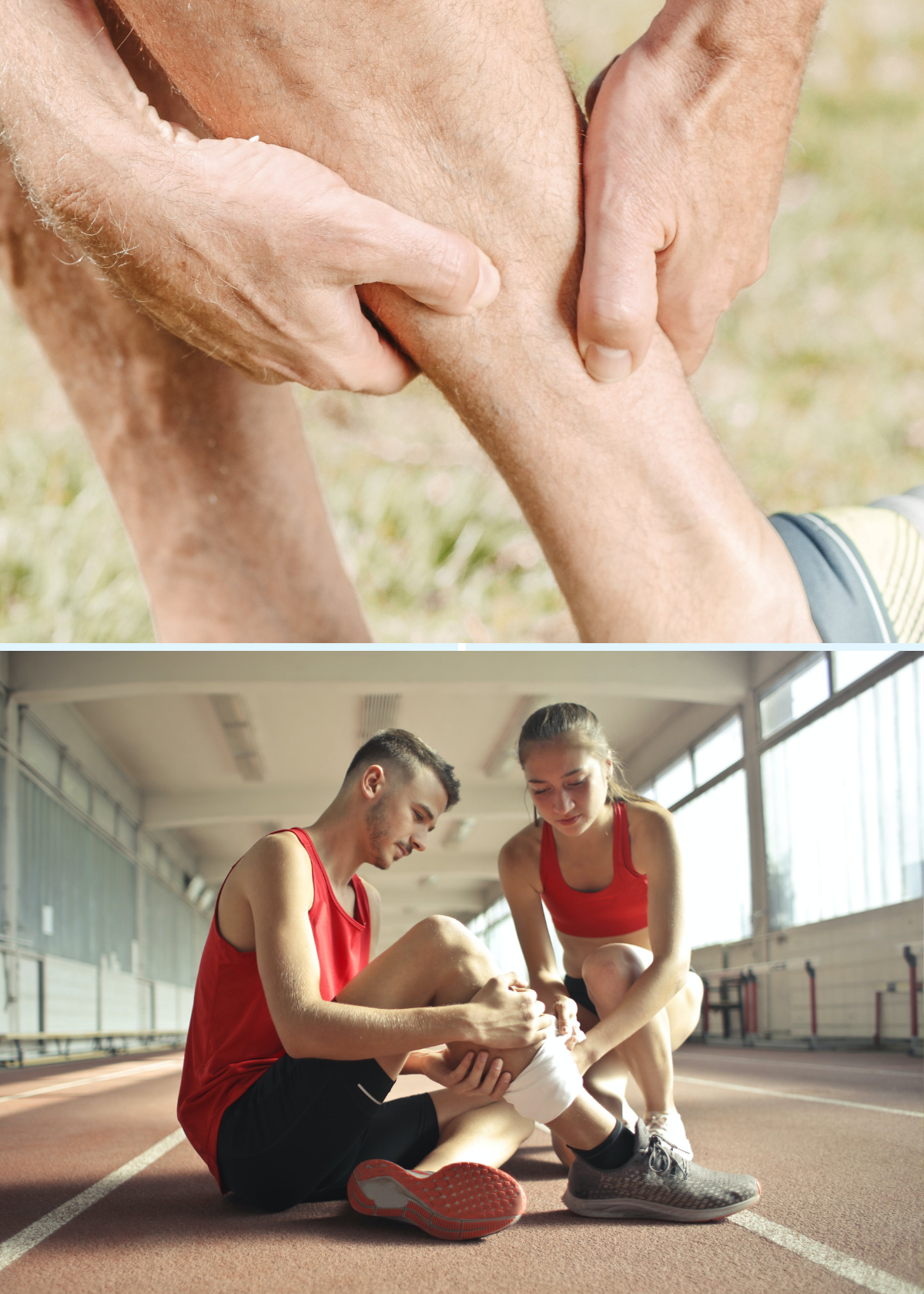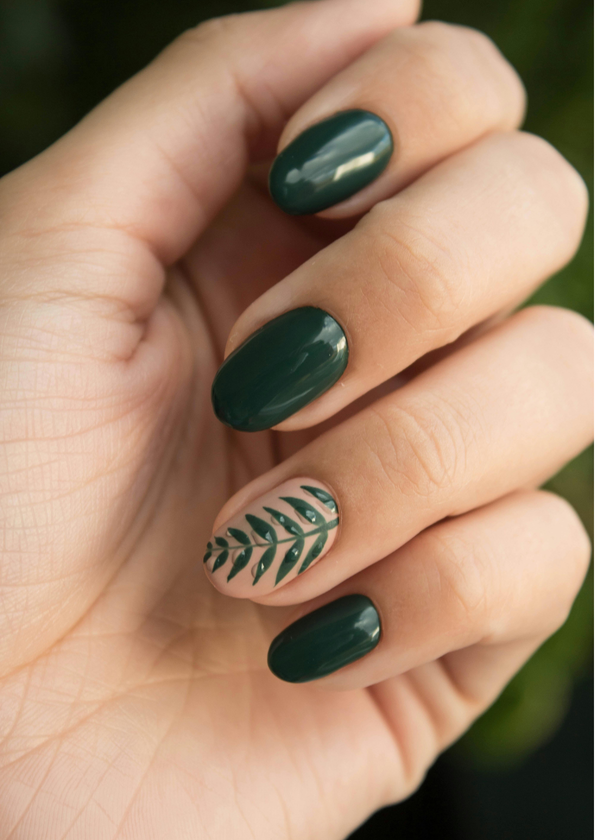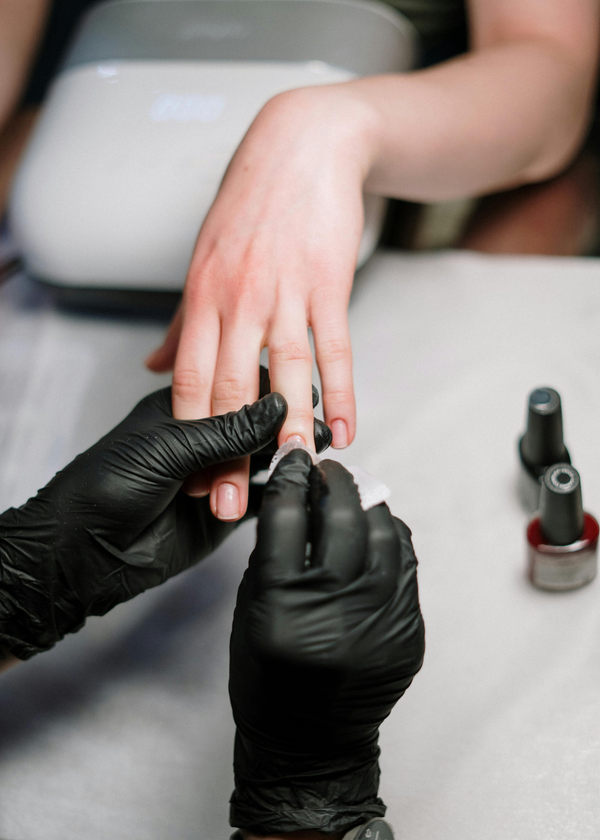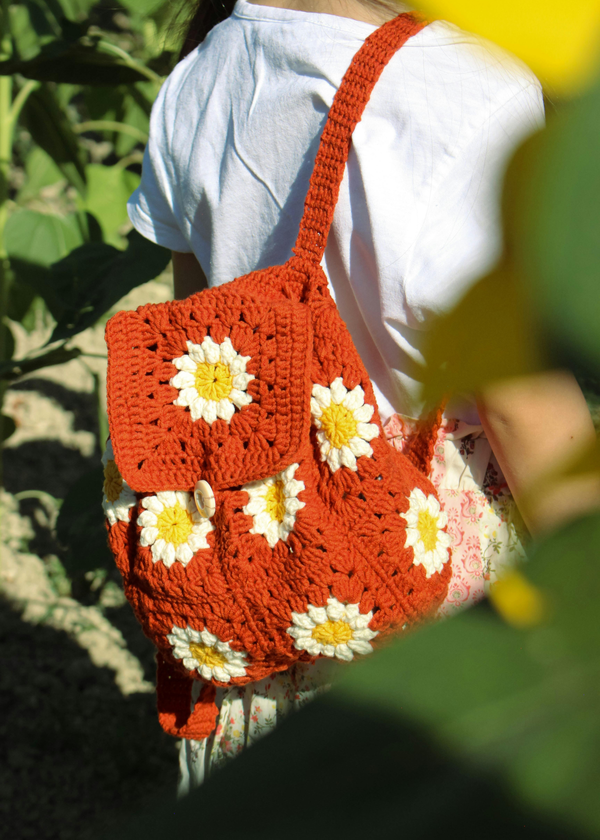Compression boots, also known as recovery boots, have become a staple in the recovery routines of athletes and fitness enthusiasts. But when should you use compression boots to reap the most benefits? This article will guide you through the optimal times to use these devices, the science behind their effectiveness, and practical tips to integrate them into your recovery strategy.
The Science of Compression Therapy
Compression therapy works by applying controlled pressure to the limbs, which can improve blood flow and reduce muscle soreness. Pneumatic compression devices, like compression boots, use air to create pressure around the legs, enhancing the removal of metabolic waste that accumulates during intense physical activity.
Post-Workout Recovery: The Ideal Time
After a grueling workout, your muscles are constantly generating metabolic waste, leading to delayed onset muscle soreness (DOMS). This is when compression boots stand out. By increasing blood flow, they help clear out waste products, reducing soreness and speeding up the recovery process.
Understanding Intermittent Pneumatic Compression
Intermittent pneumatic compression (IPC) is the technology behind most compression boots. It involves intermittent compression applied to the limbs, which mimics the body's natural muscle contractions, promoting increased limb blood flow and aiding in recovery.
The Role of IPC in Muscle Recovery
IPC has been shown to significantly benefit muscle recovery by reducing swelling and DOMS. The intermittent nature of the compression helps to more actively pump blood through the veins, providing short-term relief and boosting recovery in the long term.
Compression Boots vs. Compression Socks
While compression socks can be continuously worn, compression boots offer a more active compression experience. The boots induce pressure in a sequential manner, covering the entire leg, which can be more effective than the static pressure provided by socks.
When to Choose Boots Over Socks
Compression boots work best when you need a deep, intensive recovery session. They are particularly useful for endurance athletes or after exercise-induced muscle damage that requires substantial recovery efforts.
The Harder Your Effort, The Greater the Need
The harder your effort during training sessions, the more significant the muscle damage and the greater the need for effective recovery methods. Wear compression boots after intense workouts to ensure faster recovery and reduce the risk of injury.
Custom Performance for Every Athlete
Most compression boots come with recommended pressure settings that can be adjusted to suit individual needs. This customization allows athletes to tailor their recovery routine, ensuring they receive the maximum benefits from the therapy.
Daily Use for Consistent Athletes
For athletes who train daily, using compression boots can be a game-changer. Regular use can help maintain a consistent level of muscle recovery, preventing the buildup of soreness and fatigue.
Balancing Recovery and Training
It's crucial to balance the use of compression boots with your training load. Overusing them can lead to dependency and may diminish the body's natural recovery capabilities. Use them as a tool to complement your recovery, not as the only benefit.
Pre-Workout Activation
Some athletes use compression boots before workouts to improve blood flow and prepare the muscles. This pre-activation can potentially reduce injury risk and enhance performance.
Timing Your Pre-Workout Routine
If you choose to use compression boots pre-workout, ensure it's for a short duration to avoid muscle fatigue. The goal is to stimulate blood flow, not to initiate a full recovery process.
Maximizing Recovery with Air Compression Therapy Have you ever wondered how air compression therapy can be a game-changer for athletes dealing with exercise-induced muscle damage? This mechanical device, often resembling inflatable boots, works wonders by enveloping the limbs and rhythmically inflating to apply pressure. This pressure is not just for continued relief; it's a recovery method that helps to system increase blood flow, which in turn reduces muscle soreness and accelerates recovery time. The benefits of compression through this method are substantial, offering a significant benefit akin to a post-exercise massage.
Pneumatic compression devices work by mimicking the body's natural muscle contractions, promoting circulation and lymphatic drainage. This is particularly crucial after intense workouts or competitions, where rapid reboot of the muscles is necessary. By using a pneumatic compression therapy device, athletes can ensure that their recovery is not only efficient but also effective. Studies have shown that such compression boosts the recovery process, providing short-term relief and long-term healing benefits. It's a cornerstone in sports physical therapy, often recommended by professionals for its proven efficacy.
The Continuous Benefits of Wearing Compression Clothing Compression clothing has been a staple in the world of sports for quite some time, but what about continuously worn compression sleeves? Do compression boots offer the same benefits when worn for extended periods? The answer lies in the design and purpose of these garments. A continuously worn compression sleeve is designed to provide steady and consistent pressure, which can be particularly beneficial for athletes seeking to reduce recovery time and prevent exercise-induced muscle damage.
However, it's important to note that while compression clothing can be worn for longer durations, it's not always necessary to reap the benefits of compression. In fact, studies have indicated that compression yielded substantial benefits even when used for shorter periods post-exercise. This suggests that the key to effective recovery may lie in the timing and duration of when these devices are used. Whether it's a pneumatic compression device or a simple compression sleeve, incorporating these into your recovery routine can provide significant benefit, ensuring that you're back in the game faster and stronger.
Exercise Induced Muscle Damage and Compression Boots
Exercise-induced muscle damage (EIMD) is a common phenomenon for athletes and fitness enthusiasts alike. It's the kind of muscle wear and tear that occurs after intense or unfamiliar exercise, often leading to soreness and reduced muscle strength. Compression boots are increasingly recognized as a tool to mitigate the symptoms of EIMD. By enhancing blood flow and accelerating the removal of metabolic waste, these devices can help in reducing inflammation and soreness, thus potentially shortening the recovery time.
The effectiveness of compression boots in dealing with EIMD is not just about short-term relief. While immediate comfort is a noticeable benefit, the consistent use of these boots can contribute to a more sustainable training routine. Post-exercise massage functions are often integrated into the boots, providing a therapeutic effect that mimics the hands of a masseuse. This can be particularly beneficial after workouts that push the muscles beyond their usual limits, helping to ensure that the recovery phase is just as optimized as the training itself.
The Role of Compression Boots in Short Term Relief
When it comes to short-term relief from the aches and pains of strenuous workouts, compression boots can be a game-changer. They provide a controlled, targeted compression that can help to alleviate the discomfort associated with exercise-induced muscle damage. The boots work by applying pressure to the limbs, which can help to reduce swelling and improve circulation. This process not only offers immediate comfort but also sets the stage for better recovery.
However, it's important to note that while compression boots offer short-term relief, they should be part of a comprehensive recovery strategy. Just not continued relief, but a holistic approach that includes adequate rest, proper nutrition, and hydration is essential for long-term muscle recovery and performance. Post-exercise massage features in compression boots can mimic the benefits of a professional sports massage, offering convenience and consistency in managing muscle soreness and enhancing recovery processes.
Injury Prevention and Rehabilitation
Compression boots can play a significant role in injury prevention by keeping muscles loose and well-oxygenated. They are also beneficial in injury rehabilitation, helping to reduce swelling and promote healing.
Integrating Boots into Rehab Programs
Consult with a physical therapist to incorporate compression boots into your rehab program. They can provide guidance on when and how to use the boots for optimal recovery from injury.
Recovery During Travel
Long periods of immobility during travel can lead to issues like deep vein thrombosis. Compression boots can mitigate these risks by increasing circulation and reducing swelling in the legs.
Portable Compression for Athletes on the Go
Many compression boots are designed for portability, allowing athletes to take their recovery routine on the road. Use them during travel to maintain leg health and readiness for performance.
Combining Compression with Other Recovery Methods
Compression boots should be part of a holistic recovery approach. Combine them with other methods like hydration, nutrition, and rest for a comprehensive recovery strategy.
The Synergy of Recovery Techniques
When used in conjunction with post-exercise massage or other recovery methods, compression boots can enhance the overall recovery experience, providing more than just continued relief.
Nighttime Recovery: To Wear or Not to Wear?
While some athletes may consider wearing compression boots overnight, it's generally not recommended. Continuous compression can be uncomfortable and may disrupt sleep, which is vital for recovery.
Finding the Right Balance
Instead of overnight use, opt for a session with compression boots in the evening. This allows you to benefit from the therapy without compromising sleep quality.
Addressing Specific Conditions with Compression
Conditions like lymphedema or venous insufficiency can benefit from the use of compression therapy. Compression boots can help manage symptoms and improve quality of life for individuals with these conditions.
Consulting Healthcare Professionals
Always consult with a healthcare professional before using compression boots for medical conditions. They can provide advice on the appropriate use and potential benefits for your specific situation.
The Evolution of Compression Technology
As technology advances, so do the features of compression boots. Newer models offer more sophisticated pressure controls and patterns, providing an even more effective recovery experience.
Staying Up-to-Date with Innovations
Keep an eye on the latest developments in compression technology to ensure you're using the most effective tools for recovery. Innovations in this field can lead to even better results and convenience for users.
FAQs
Q: Can compression boots be used every day?
A: Yes, compression boots can be used daily, especially for athletes with rigorous training schedules. However, it's important to balance their use with natural recovery methods and not to rely solely on them.
Q: How long should I wear compression boots for recovery?
A: Sessions typically last between 15 to 30 minutes, depending on individual needs and the severity of muscle soreness. Consult with a sports physical therapist for personalized recommendations.
Q: Are there any risks associated with using compression boots?
A: When used correctly, compression boots are generally safe. However, individuals with certain medical conditions, such as deep vein thrombosis, should consult a healthcare professional before use. Overuse can also lead to dependency and may reduce the body's natural recovery ability.
Summary
Compression boots are a powerful tool for muscle recovery, injury prevention, and rehabilitation. They work by using intermittent pneumatic compression to increase blood flow and reduce muscle soreness.
The optimal time to use compression boots is post-workout, but they can also be beneficial pre-workout, during injury rehab, and while traveling. It's important to balance their use with other recovery methods and to consult with a healthcare professional for medical conditions.
As technology evolves, so do the capabilities of compression boots, offering athletes and individuals more sophisticated options for recovery.








